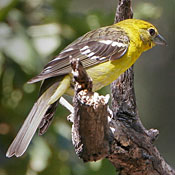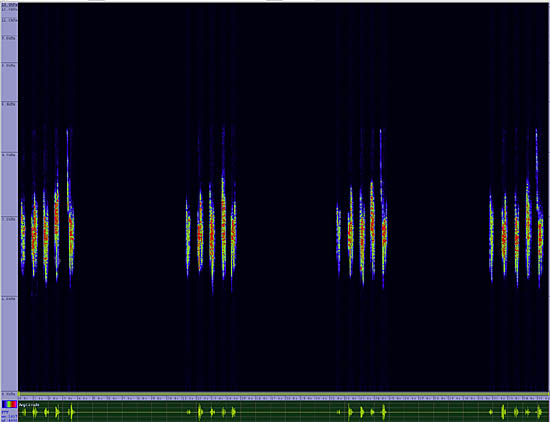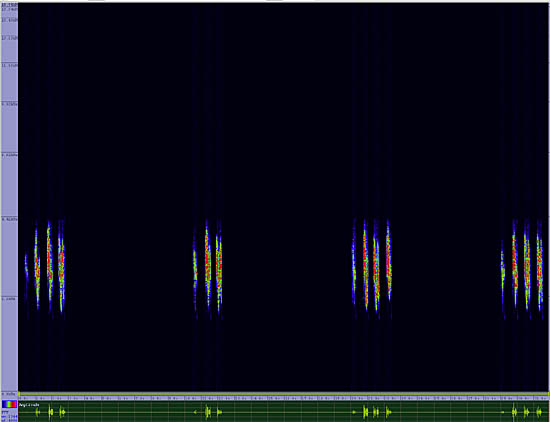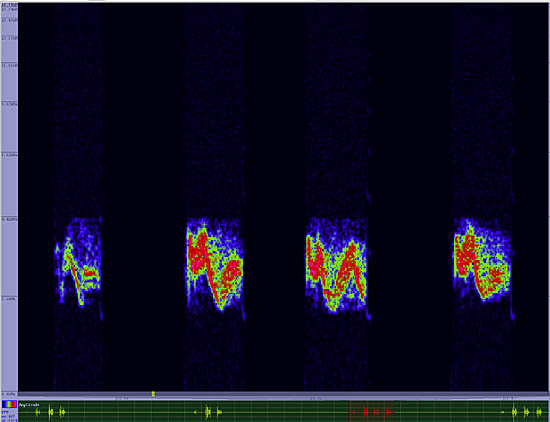Flame-colored Tanager
Piranga bidentata

Perching

Length: 8 in. (20 cm )
Occupying dense coniferous stands, pine-oak woodlands and closed riparian forests, this species feeds on insects in the mid to high levels of the trees where it often joins mixed species foraging flocks. Its nest is made of twigs and moss and placed in the fork of a high horizontal branch. In the northern part of its range it frequently hybridizes with the Western Tanager.
The four-digit banding code is FCTA.
Bibliographic details:
- Article: Flame-colored Tanager
- Author(s): Dr. Biology
- Publisher: Arizona State University School of Life Sciences Ask A Biologist
- Site name: ASU - Ask A Biologist
- Date published:
- Date accessed:
- Link: https://askabiologist.asu.edu/activities/bird/flame-colored-tanager
APA Style
Dr. Biology. (). Flame-colored Tanager. ASU - Ask A Biologist. Retrieved from https://askabiologist.asu.edu/activities/bird/flame-colored-tanager
Chicago Manual of Style
Dr. Biology. "Flame-colored Tanager". ASU - Ask A Biologist. . https://askabiologist.asu.edu/activities/bird/flame-colored-tanager
Dr. Biology. "Flame-colored Tanager". ASU - Ask A Biologist. . ASU - Ask A Biologist, Web. https://askabiologist.asu.edu/activities/bird/flame-colored-tanager
MLA 2017 Style
Be Part of
Ask A Biologist
By volunteering, or simply sending us feedback on the site. Scientists, teachers, writers, illustrators, and translators are all important to the program. If you are interested in helping with the website we have a Volunteers page to get the process started.








